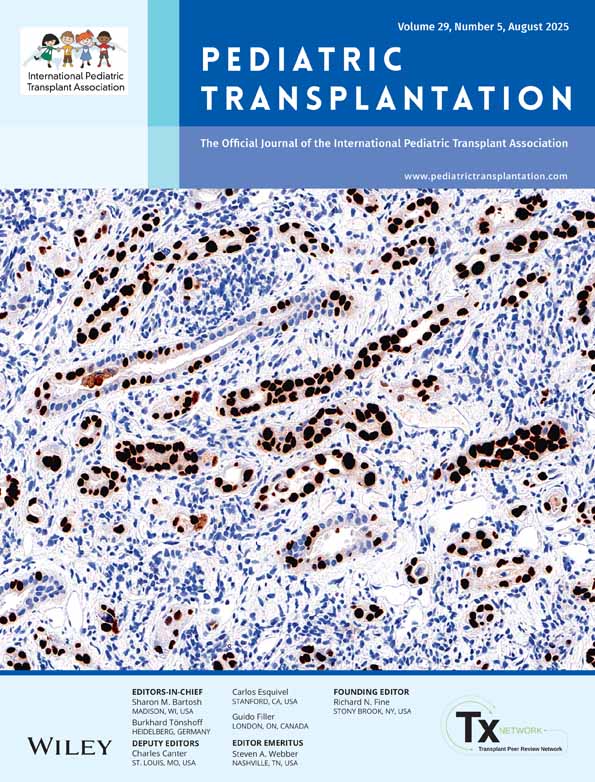Normothermic Regional Perfusion in Pediatric Organ Recovery—Guidelines for Its Ethical Implementation
ABSTRACT
The scarcity of transplantable organs has led to the development of normothermic regional perfusion (NRP) to enhance organ viability and supply. While NRP offers promise to increase the quality and quantity of transplantable organs, its implementation raises significant ethical concerns regarding the Dead Donor Rule (DDR), consent/authorization, and physician participation. These concerns are further magnified in pediatric organ donation given such patients' increased vulnerability and lack of decision-making authority. While arguments continue to play out in the literature, several OPOs in the US perform NRP and are requesting institutions to implement this practice. As pediatric ethicists, our aim is to create guidelines for the ethical implementation of NRP in pediatric donors. We highlight the challenges regarding the DDR, discuss requirements for informed consent, outline a thoughtful approach for engaging with families during crises, and address conscientious objections for clinicians who are morally apprehensive about participating in NRP. We recommend collaboration with hospital/organizational leadership, transplant programs, organ procurement organizations, and clinical ethicists to collaboratively plan to address these ethical controversies at the institutional level. Use of a pre-NRP checklist may help ensure that all potential donor families and patients are treated with respect and fully informed about the process and that there is sufficient education of and support for clinicians who participate in NRP. If institutions and OPOs collaborate to implement these guidelines, they will ensure that they honor donors and their families without negatively impacting public trust in organ donation, increase organ supply and viability, and ultimately improve outcomes for transplant recipients.
Open Research
Data Availability Statement
Data sharing is not applicable to this article as no new data were created or analyzed in this study.




